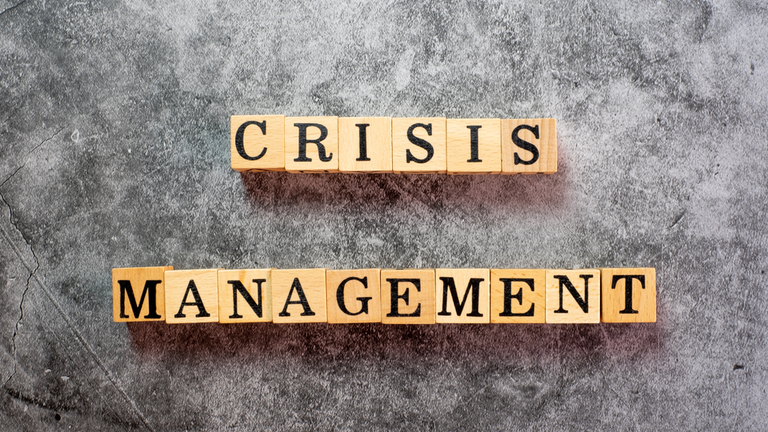Everyone says “Communication is key” when it comes to understanding someone or something. While that is absolutely true, I believe irrespective of which field of work you are in, communication and coordination is the ultimate couple goal.
Why and How do you get there?
That’s the whole point of understanding the importance of Crisis Communication and Management.
Now, the term may sound extremely structural and brainiac but in all honesty, you only need to understand the problem and how to fix it.
So let’s break it down step by step.
What is Crisis Communication Management?
Crisis Communication Management is a specialized area within public relations and strategic communication that focuses on handling and mitigating the effects of a crisis on an organization or individual. The goal is to protect and defend an entity facing a public challenge to its reputation, operations, or public safety.
In summary, fix the problem and its side-effects.
How to do so?
Well, it depends on the problem or the situation. However, here are some key pointers to look for:
- Create a crisis communication plan that outlines potential crises, communication protocols and key roles.
- Train or prepare spokespersons, employees and other important individuals through media training and simulations.
- Be quick in providing, accurate and transparent information to stakeholders, including the media, customers, employees, and the public.
- Be clear and consistent in your public messages that address the crisis without worsening the situation.
- Keep your employees well informed and aligned with the crisis management strategy.
- Tracking public sentiment and media coverage to fix the impact of the crisis and adjust strategies accordingly. (you need to fix the mistake, you are only human)
- Evaluating the extent of reputational damage caused by the crisis.
- Implementing strategies to rebuild the brand’s image and restore stakeholder confidence.
- Lastly, review the crisis management process to learn lessons and improve future response plans.
In conclusion, the main focus areas of a Crisis Communication and Management Plan are:
- Preparation of a plan
- Response
- Stakeholder Engagement
- Monitoring and Analysis
- Reputation Repair
- Feedback
The best example where a Crisis Communication and Management strategy comes in place in the field of Public Relations is the impact of fake news.
Living in a world where you can be in Canada and know what’s happening in Saudi Arabia through just looking down on your phone can instantly cause a problem.
Suddenly, none of what is being written or said isn’t true and now the world is against your client.
Here are a few tips I’ve learned from other PR Professionals and they act on it like a pro:
- Address the fake news as soon as possible before it spreads further.
- Use media monitoring tools to track the spread of fake news and judge public sentiment.
- Collect all relevant facts and data that refute the fake news. Ensure that the evidence is solid and verifiable before proceeding with any public statements.
- If the fake news has legal implications, consult with legal experts.
- Disseminate the correction across all available channels.
- Contact trusted journalists and media outlets who can help amplify the correct information.
- While addressing the fake news, also reinforce your client’s positive attributes, achievements, or ongoing projects.
- Most importantly- stay professional when dealing with fake news, but emotional responses can escalate the situation.
And there you have it, crisis communication is your secret weapon for turning chaos into calm. Think of it as your brand’s superhero cape, swooping in to save the day. When fake news strikes, stay cool, stick to your plan, and remember–handling a crisis is like juggling flaming torches—keep your balance and stay sharp.

